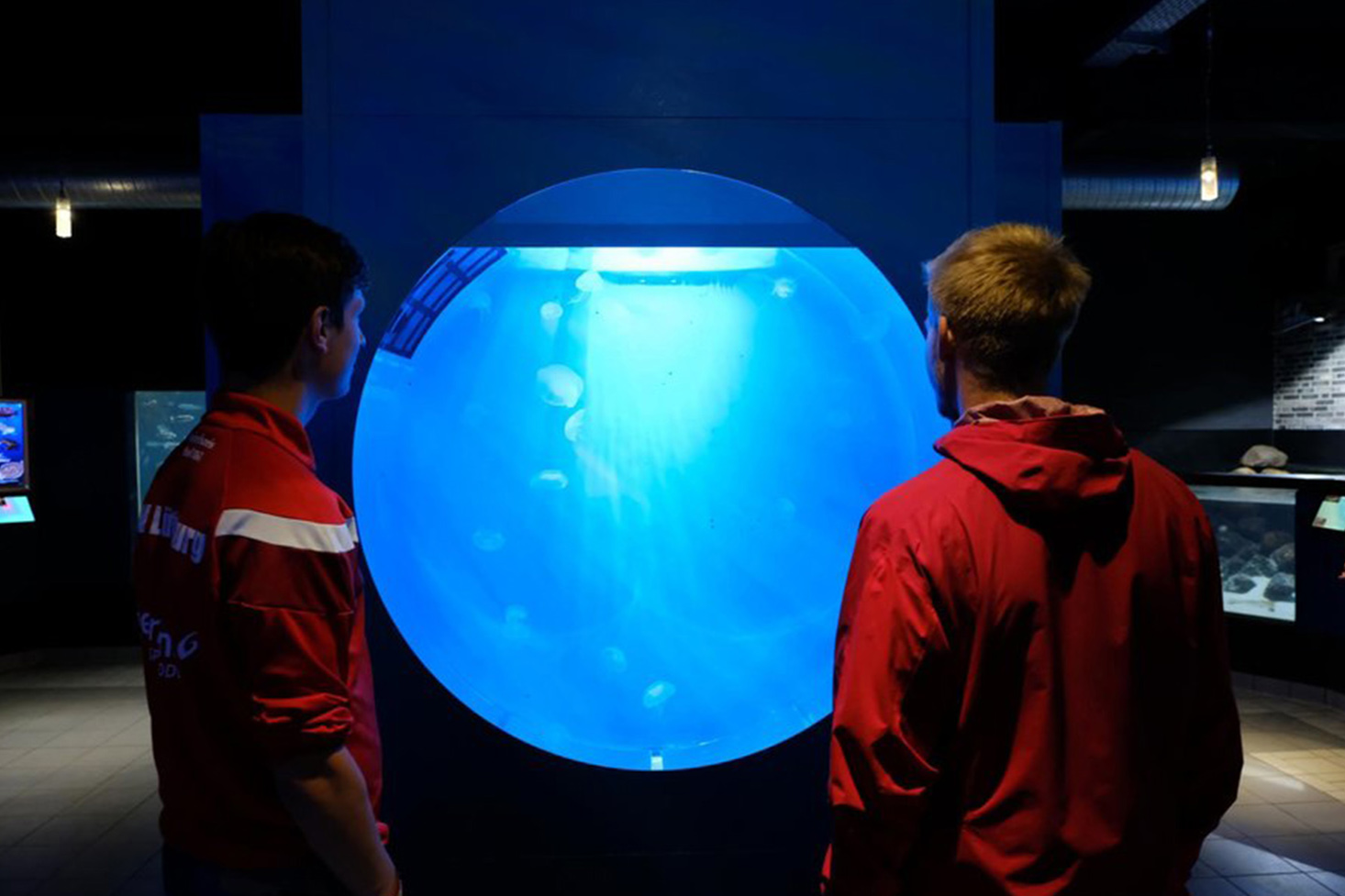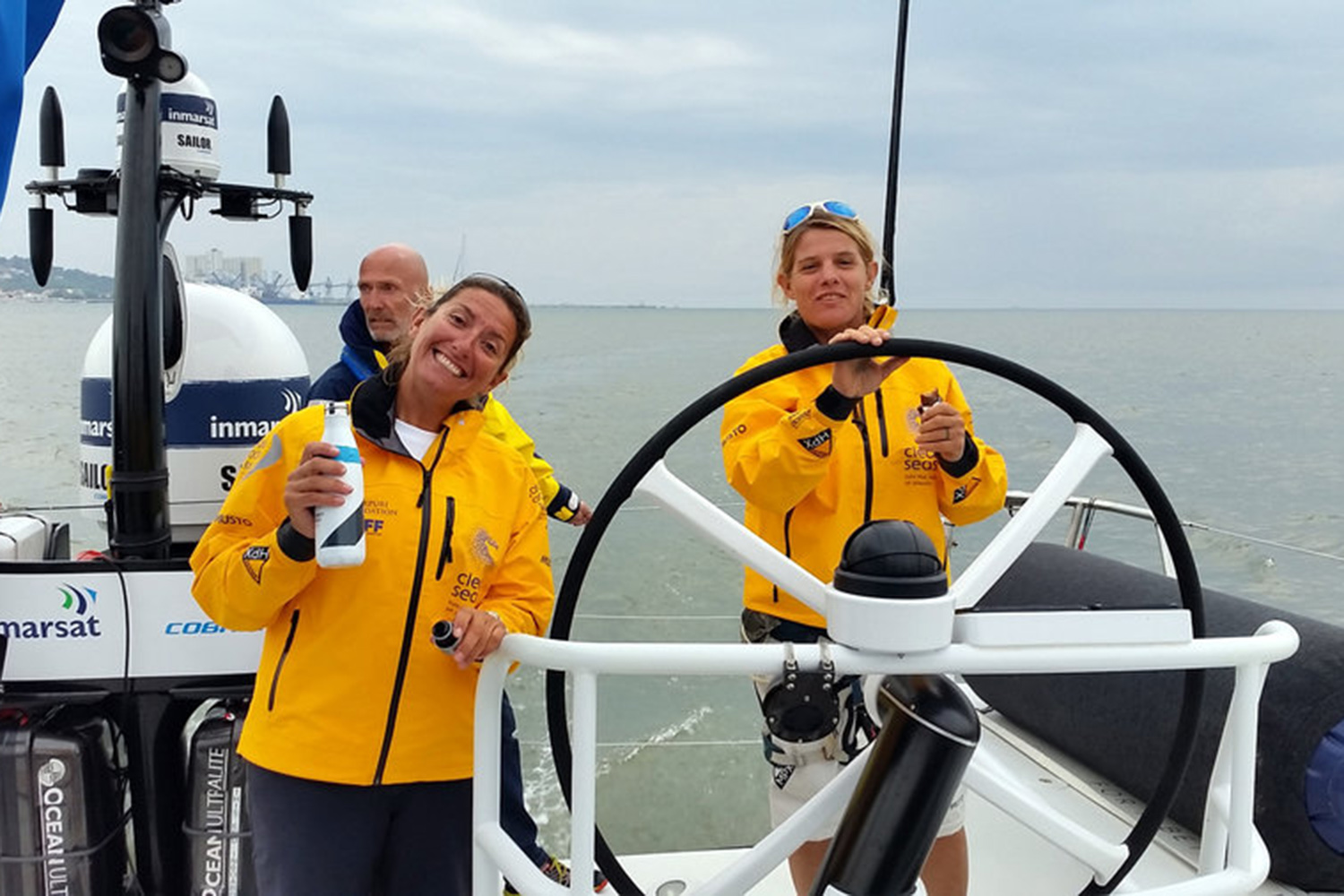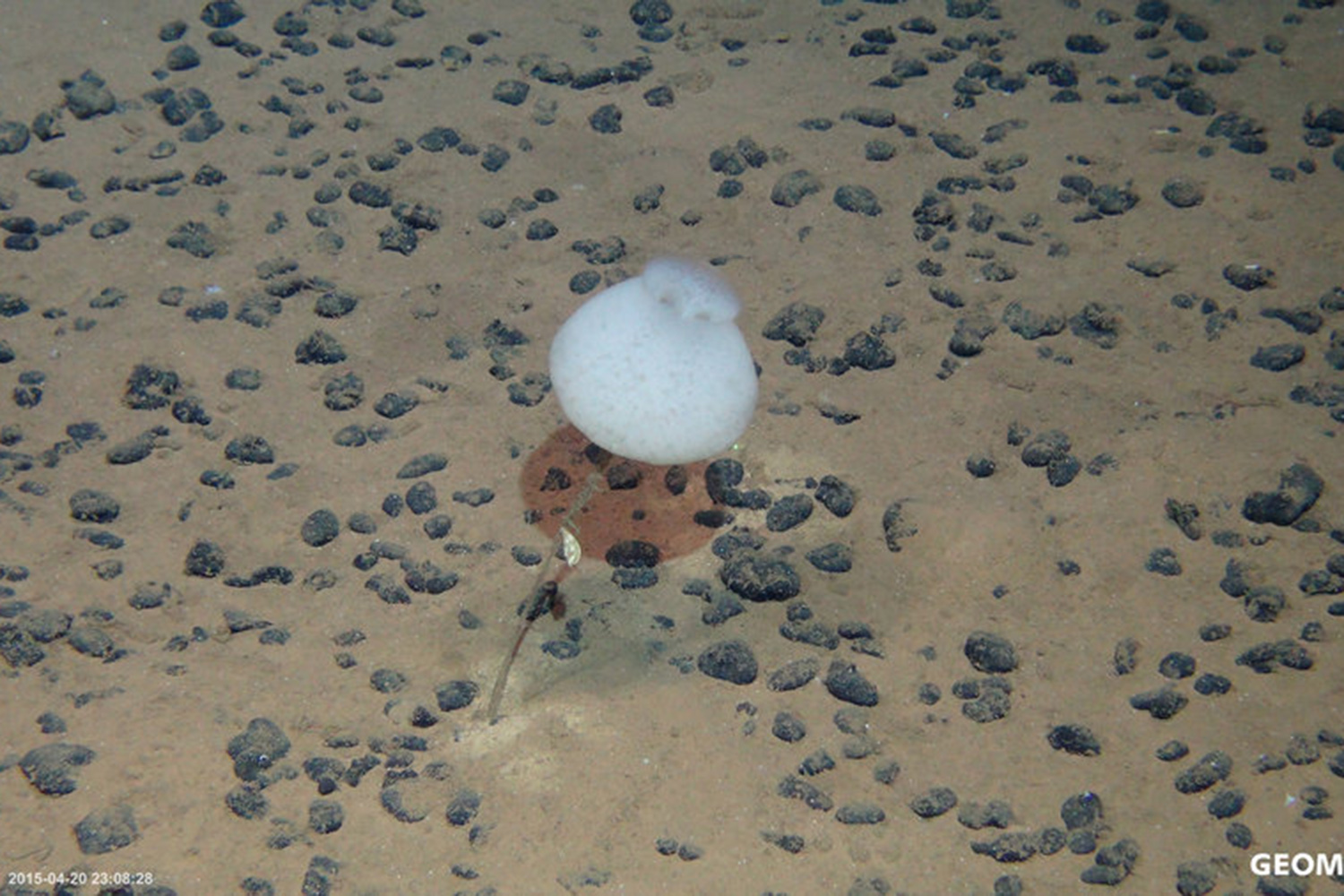Some children might find the slimy creatures at the beach very exciting, but for most people jellyfish are disgusting; some tropical species are even among the most toxic animals on Earth. Even worse, rising water temperatures, ocean acidification and overfishing seem to favour the jellyfish blooms. More and more often, they appear in huge swarms, which have already destroyed whole fish farms on European coasts and blocked cooling systems of power stations near the coast. Can we find a solution to this emerging environmental threat?
A consortium of 15 scientific institutions from eight countries coordinated by the GEOMAR Helmholtz Centre for Ocean Research Kiel will test innovative idea for the future use of the organisms. In the GoJelly project, funded by the European Union with six million Euros over a four-year period, they want to sensibly use this perceived threat. "In Europe alone, the imported American comb jelly has a biomass of one billion tons. While we tend to ignore the jellyfish there must be other solutions," says Dr. Jamileh Javidpour from GEOMAR, initiator and coordinator of GoJelly.
For all partners the project will start with basic research. For example, the life cycle of many jellyfish species is only scarcely explored. Therefore, it is almost impossible to predict when and why a large jellyfish bloom will occur. "This is what we want to change so that large jellyfish swarms can be caught before they reach the coasts," says Dr. Javidpour.
At the same time, the project partners will already start working on the second step and try to answer the question: What can be done with the caught biomass? One idea is to use it against another man-made threat. "Studies have shown that mucus of jellyfish can bind microplastic. Therefore, we want to test whether biofilters can be produced from jellyfish. These biofilters could then be used in sewage treatment plants or in factories where microplastic is produced," explains the Biologist.
Jellyfish can also be used as fertilizers for agriculture or aquaculture feeds. "Fish in fish farms are currently fed with captured wild fish which does not reduce the problem of overfishing, but increases it. Jellyfish as feed would be much more sustainable and would protect the natural fish stocks," says Dr. Javidpour.
The scientists also think of food production for human consumption. "In some cultures, jellyfish are already on the menu. As long as the end product is no longer slimy, it could also gain greater general acceptance," Dr. Javidpour points out. Finally yet importantly, jellyfish contain collagen, a substance very much sought after in the cosmetics industry.
Besides coordinating the project, Dr. Javidpour and her team will explore which ecological drivers control jellyfish bloom formation in various geographical areas and ecological systems. Here unique techniques to measure stable isotopes on low biomass of jellyfish as well as tracing biomolecules such as fatty acids will be applied. This information will be used to predict on jellyfish bloom events leading to an interactive map and app that will be developed to predict jellyfish aggregations. Up to now the existing webpages and apps are only monitoring blooms without forecasting. Furthermore, to conduct trials on acclimation of selected species to captivity and later use of jellyfish biomass during "off season" period and preparing them for land based facilities transfer the GEOMAR "Flow2Vortex", a patent pending innovative cage, will be built and used.
"Jellyfish can be used for a many purposes. We see this as an opportunity to use the potential of the huge biomass drifting right before our front door," summarizes Dr. Javidpour the approach of the project.
Contact:
Jan Steffen (GEOMAR, Communication & Media), Tel.: 0431 600-2811, presse@geomar.de
…



